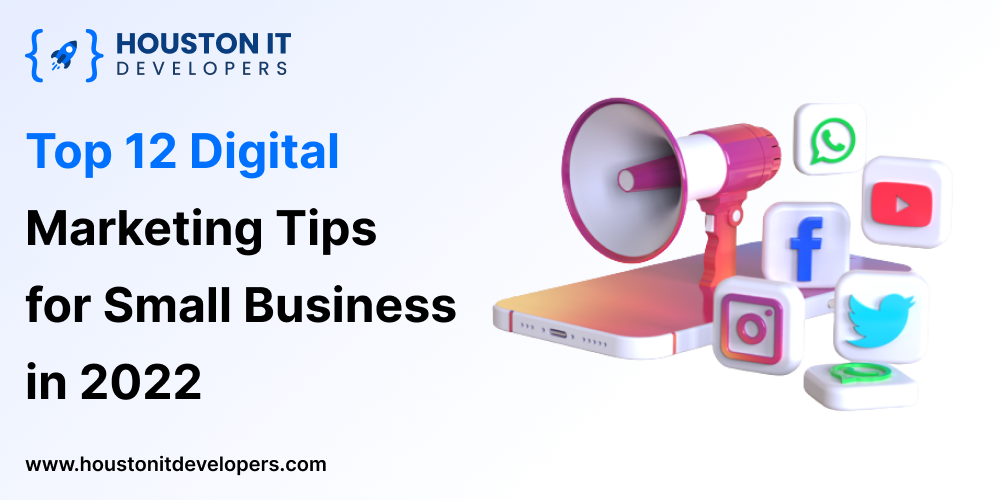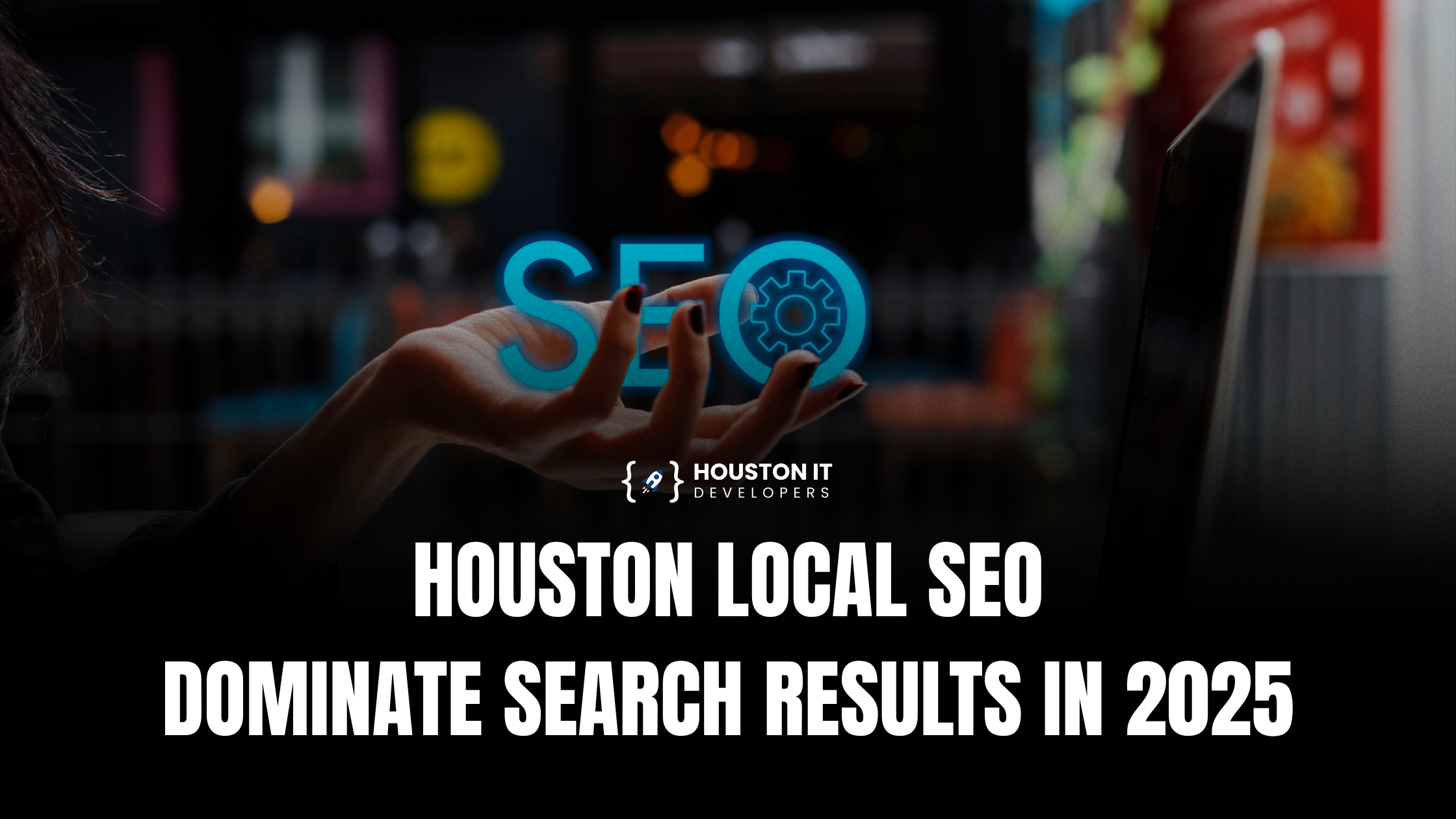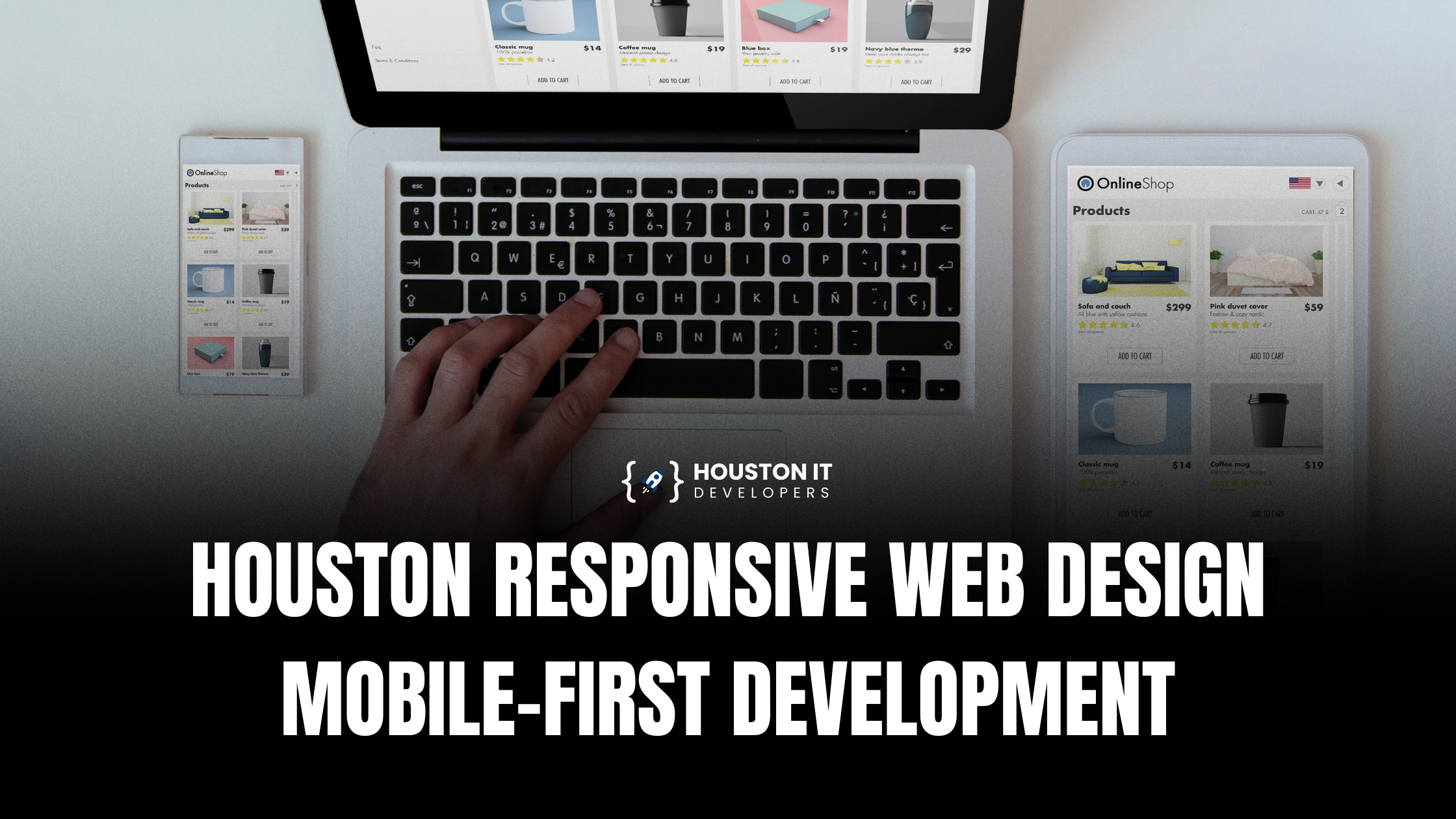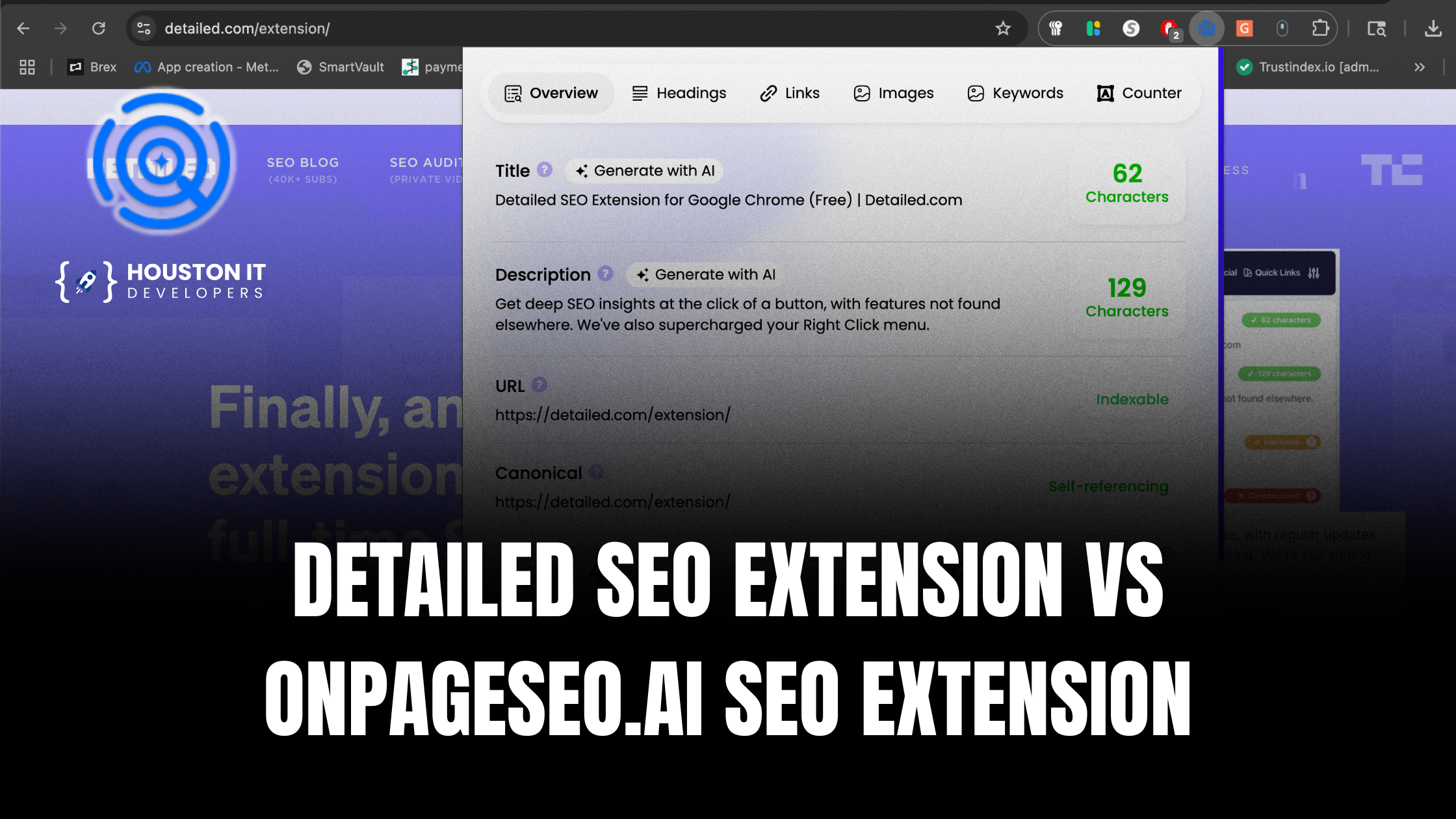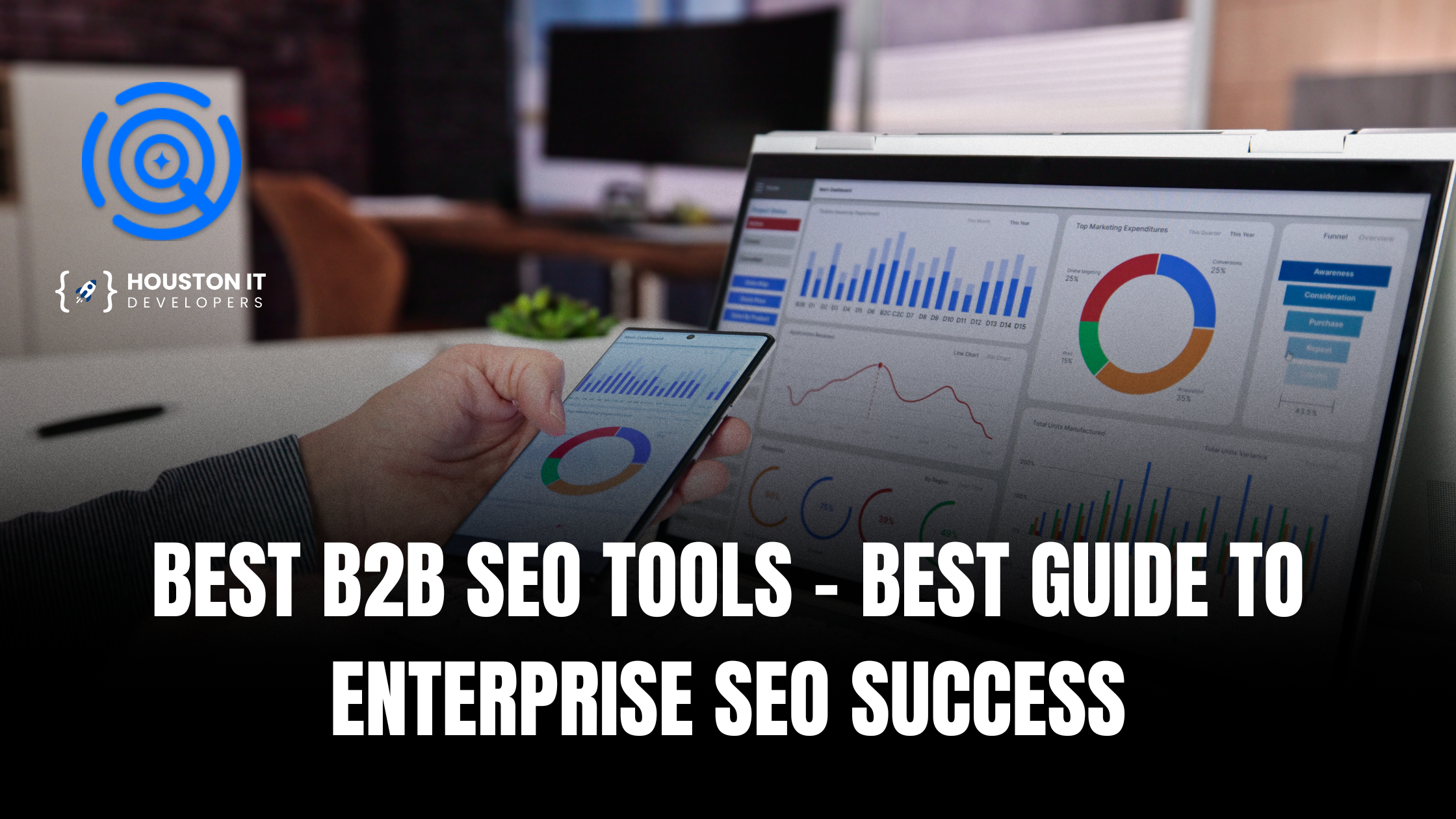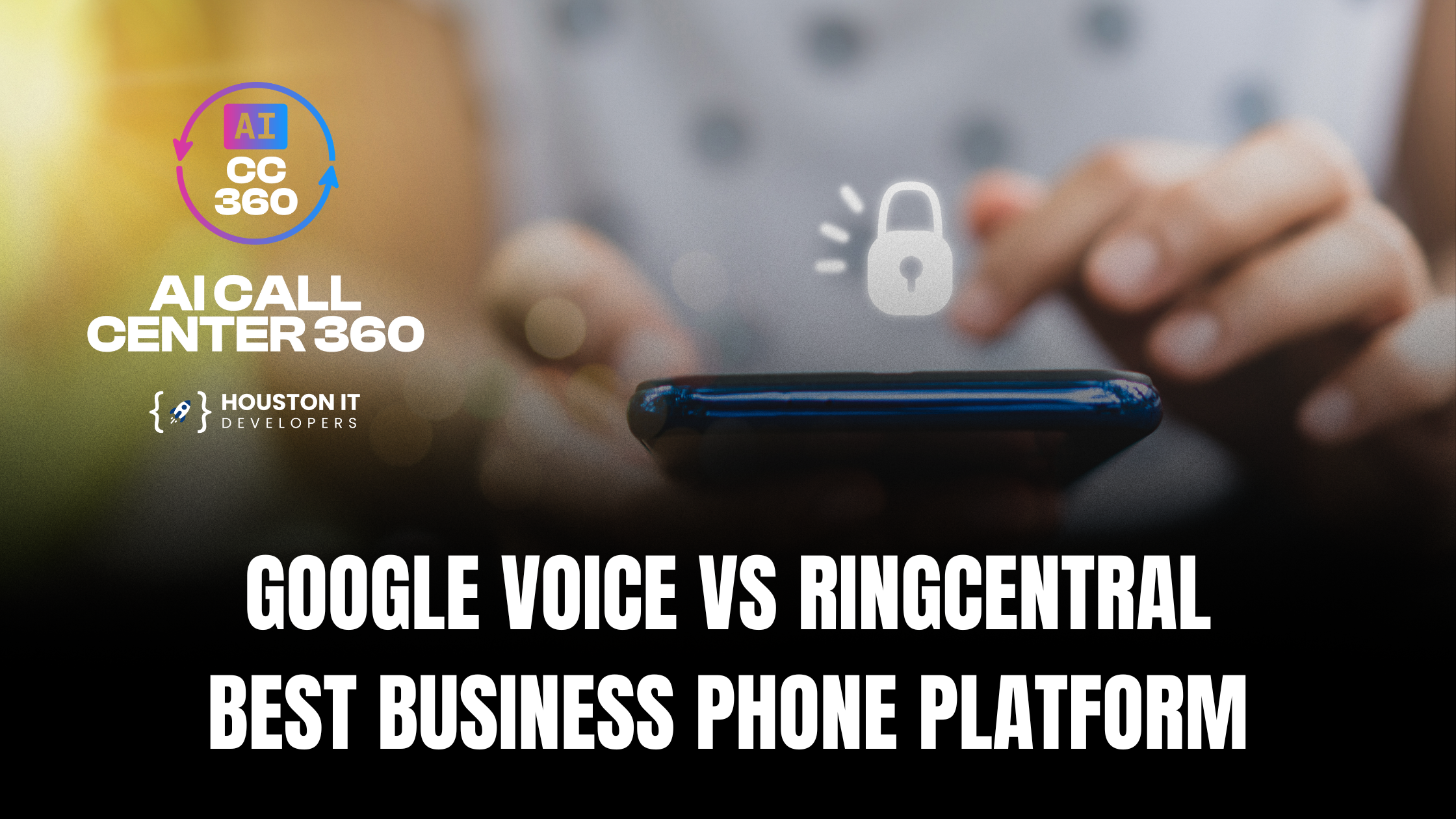With each passing year, digital marketing gets complicated. The Covid-19 pandemic has hastened e-commerce growth by at least a decade. So, now digital marketers have to juggle shifting customer shopping trends in addition to SEO, PPC, branding, and social media marketing. Automation, regulation, and personalization are the buzzwords to insert in between. For small companies struggling to stay relevant, hiring digital marketing services looks like the best option to boost brand awareness and maximize revenues.
As we look ahead at what’s to come in 2022, we have tried to make a list of the top 12 digital marketing tips for small businesses. We hope this helps in taking charge of your digital marketing strategies and aligning it with your brand goals.
1. Review your creative assets
Content creation is the foundation of online visibility for search engines and social media. You have to consistently and constantly generate ideas in written, audio, or video-based content appealing to your target audience. 72% of the consumers use the information found on Google to shop for products. If you want to be a part of this information, you have to create content that resonates with the user’s interests.
- Do keyword research based on search intent to identify content opportunities.
- Find the correct balance of content for your target market.
- Create different content to target different stages of the sales funnel
- Repurpose long-form, high-investment content into updated blogs, podcasts, or videos.
Companies struggle with content creation. If you too are facing the same challenge, hire the best digital marketing services to do the work for you.
2. Optimize your website
Search engine optimization (SEO) is the technique of making your website more discoverable and increasing traffic to it through search engine results. You make your website useful for a specific audience to attract organic traffic and capitalize on the existing audience.
- Conduct thorough keyword research and produce rich-value content using headlines, meta description, meta tags, URL, website content, blogs, and alt text for images.
- Use off-page SEO techniques such as blogging, social media activity, influencer marketing, and brand mentions.
- Speed up the pages because it matters for conversions.
- Get high-quality backlinks to improve your website’s trustworthiness.
Rankings take time to build. Hire credible SEO services to work hard on building quality content, attracting backlinks, and establishing credibility with search engines.
3. Create a mobile-friendly website
By 2025, 72% of all internet users will access the internet only through their mobile devices. You wouldn’t want to leave these potential conversions out in the cold by not optimizing your website for mobile. Also, Google has launched the mobile-first index wherein ranking importance is given to mobile-friendly websites. Responsive design offers the easiest solution. You can go for a website redesign and select a mobile responsive theme.
4. Optimize your mobile app for conversions
As much as websites should be optimized for conversions, even your mobile apps have to be optimized for improved visibility in the Google Play Store/Apple App Store search result rankings. Write keyword-rich titles and app descriptions including uploading high-quality app screenshots to help improve the search result rankings. A short video describing the app’s features and functionality is a must. Focus on ratings and app reviews to showcase trust and credibility. App store optimization (ASO) shouldn’t be neglected if you want to create a loyal set of customers in the long run.
5. Give importance to first-party data
First-party data is the data collected by the company from its own data sources such as websites, mobile apps, surveys, social media, and CRM. It is the most transparent data because you obtain customer consent to collect, store, and use the data for marketing purposes. Basically, users agree to process the data because it is necessary for them to make the purchase. The onus is on you to use this data in compliance with data privacy regulations, such as GDPR and CCPA.
The first-party data includes a lot of information on
- User demographics
- Purchase history
- Interests & preferences
- Time spent on the page/website
- Page interactions and much more.
Collecting and using first-party data in marketing is cost-effective and gives you the best results. It enhances marketing accuracy, reduces ad waste, and drives ROI.
The first-party data can be used to segment the customers based on their shopping preferences, location, age, or interests. Create highly personalized messages and increase the effectiveness of your digital marketing services.
Brands can collect data from all channels to map the customer journey. For instance, the first-party data gives a complete view of how a customer moved from an email to a website or mobile app before completing the purchase in-store. With this data, marketers can segment customers and guide behaviors that lead to conversion. First-party data delivers the most accurate results of customer shopping journeys and you can use this to create unique brand experiences.
6. Try paid marketing ads for increased brand awareness
Paid marketing allows you to specifically target audiences, instead of you waiting for them to find you organically. Small businesses can use paid marketing displayed on the search engine results pages (SERPs) and social media channels.
- Use granular characteristics targeting (interests, location, demographic) and behavior-based targeting (search history, purchase history, frequently visited websites)
- Start with smaller campaigns to test which type of messages and ads resonate with potential customers.
- Use retargeting ads when a customer interacts organically with your brand. If a customer leaves your website without purchasing, use paid ads to display personalized messages based on the products they have visited.
Select your social media channels based on who you’re trying to reach. For instance, if you are interested in selling apparel in America, use Instagram to grow your Gen Z customer base. Use PPC services in USA to create a sponsored Instagram ad with a specific goal and budget in mind. Use Instagram shoppable posts to make it easy for customers to directly purchase from the paid posts.
7. Engage influencers for content across multiple social media platforms
The influencer marketing industry is expected to reach $85 billion in 2028 up from $13 billion in 2021. Brands are discovering that influencers are the true champion of their products as they often give testimonials, demonstrations, and call-to-action when talking about the products of the brand. They help their followers navigate the entire sales funnel from awareness to the final purchase. They do all these in an authentic, personal way.
Successful content creators tend to have large audiences interacting with them across different accounts. Brands have to use this power of influencers to share content across multiple social media platforms. Reusing influencer content strategically across social media platforms and in sponsored ads increases brand awareness and helps in attracting the right audience.
8. Make social proof your strength
Leverage social proof to influence a customer’s decision-making and get them to buy products from your company. The goal is to create a positive perception of your company such that it has the desired impact.
- Use celebrity endorsements.
- Proudly display the ratings and reviews from TrustPilot, Google, and other popular review websites.
- Display visual proof such as images and videos.
- Incentivize customers for writing reviews.
- Come up with referral programs.
- Use case studies to tell a complete story.
When you show your visitors how awesome you are from the perspective of your loyal customers, the message hits home powerfully.
9. Leverage Email marketing
What started as a marketing technique decades back still holds relevance today amidst the paid ads and influencer marketing techniques. Why? Because email marketing is the cheapest means of digital marketing and offers a 4400% return on investment. Set up automated thank-you messages for consumers who subscribe or make a transaction. A simple onboarding Welcome email boasts of an average open rate of 82%! You can even send emails for abandoned cart recovery, discounts, special launches & events, and coupon codes.
10. Don’t ignore local marketing
Most people use phrases like “near me” or “in [city]” to conduct local searches for any interesting product or service through Google or another search engine. In fact, more than 80% of brand engagement comes from local listings. Use the best digital marketing services to devise strategies to reach these local customers.
Optimize your Google business profile listing and manage customer reviews. Paid ads are a great way to reach local customers. For example, if you have a restaurant in New York, enlist PPC services in USA to create pay-per-click (PPC) ads targeting audiences in your location. Create localized content to drive better results for your business.
11. Encourage social e-commerce
Shopping has always remained a social experience. We look at the current trends and our friends for shopping journeys. This decade of e-commerce will be shaped by word of mouth and social commerce. The growth will be driven by Gen Z and millennials who will account for 62% of the social commerce spend by 2025. Use Facebook and Instagram to drive the maximum online purchases of products and services because people can now review, click, and order while spending time on these platforms. Businesses will need powerful and the best digital marketing services to quickly adapt to these changes and come up with social commerce strategies to increase conversions.
12. Use remarketing techniques
However good your SEO techniques are to attract visitors to the site, a majority of them leave without making any purchase. Whatever the reasons, you can still entice them to buy the products they had viewed when on your website. This is through remarketing or retargeting ads. This tactic enables digital marketers to track past website visitors wherever they go across the internet using cookies. You then set up your Google Ads account to display your ads to the past visitors on its numerous associated websites and platforms. You can also use Facebook’s ‘Custom Audience’ for retargeting ads. Hire digital marketing services to get these ads effectively displayed at low rates.
Conclusion
Small businesses must not only plan for the future of digital marketing but also take advantage of it. It is easy to get distracted by too many strategies. But you have to find the ones that align with your business goals and stick to them for maximum benefit. Digital execution is better handled by experts and it is prudent to hire the best digital marketing services to provide a better return on investment rather than experiment with every new strategy.
Houston IT Developers provides custom digital marketing plans for small businesses to stay relevant and also provide a delightful customer experience. Contact us today for effective and economical digital marketing services.
